Pacific Red Pineapple Sauce
Pacific Red Pineapple Sauce is a celebration of pure, bright flavors—where luscious strawberries meet tropical pineapple in a vibrant, ruby-red sauce.
Inspired by the nostalgia of classic sundae toppings, this simple yet unforgettable sauce brings a refreshing twist to your desserts. With just a handful of ingredients and a little simmering, you create a topping that’s both silky and bursting with fruitiness.
Whether drizzled warm over rich chocolate cake or served cold on a scoop of vanilla ice cream, this sauce turns everyday treats into something extraordinary. It’s a taste of summer in every spoonful, ready to brighten any table or sweeten any celebration.
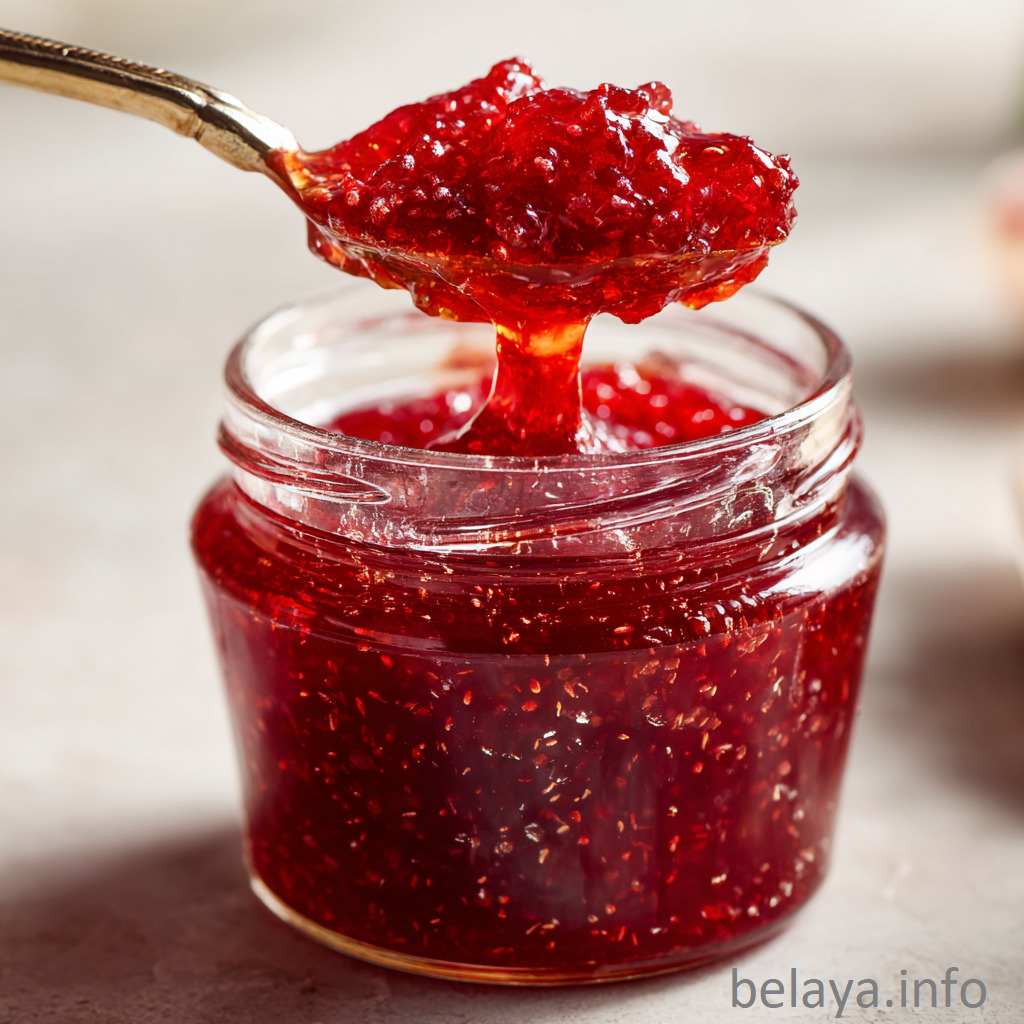
Why People Will Love Pacific Red Pineapple Sauce:
Vivid, nostalgic flavor: The blend of sweet strawberries and tangy pineapple juice instantly recalls childhood memories of classic ice cream parlors and homemade desserts.
Versatile pairing: This sauce transforms simple cakes, brownies, pancakes, or ice cream into something special, making it a staple for both everyday treats and festive occasions.
Fresh, real ingredients: Unlike store-bought sauces, this recipe uses only fresh fruit and pure juice—no artificial flavors—delivering a vibrant, clean taste in every spoonful.
A touch of brightness: The gentle acidity from lemon juice balances the sweetness, creating a refreshing finish that lifts any dessert and never feels heavy.
Beautiful presentation: Its bold red color and glossy texture add visual appeal, making desserts look as delightful as they taste—perfect for impressing guests or elevating family meals.
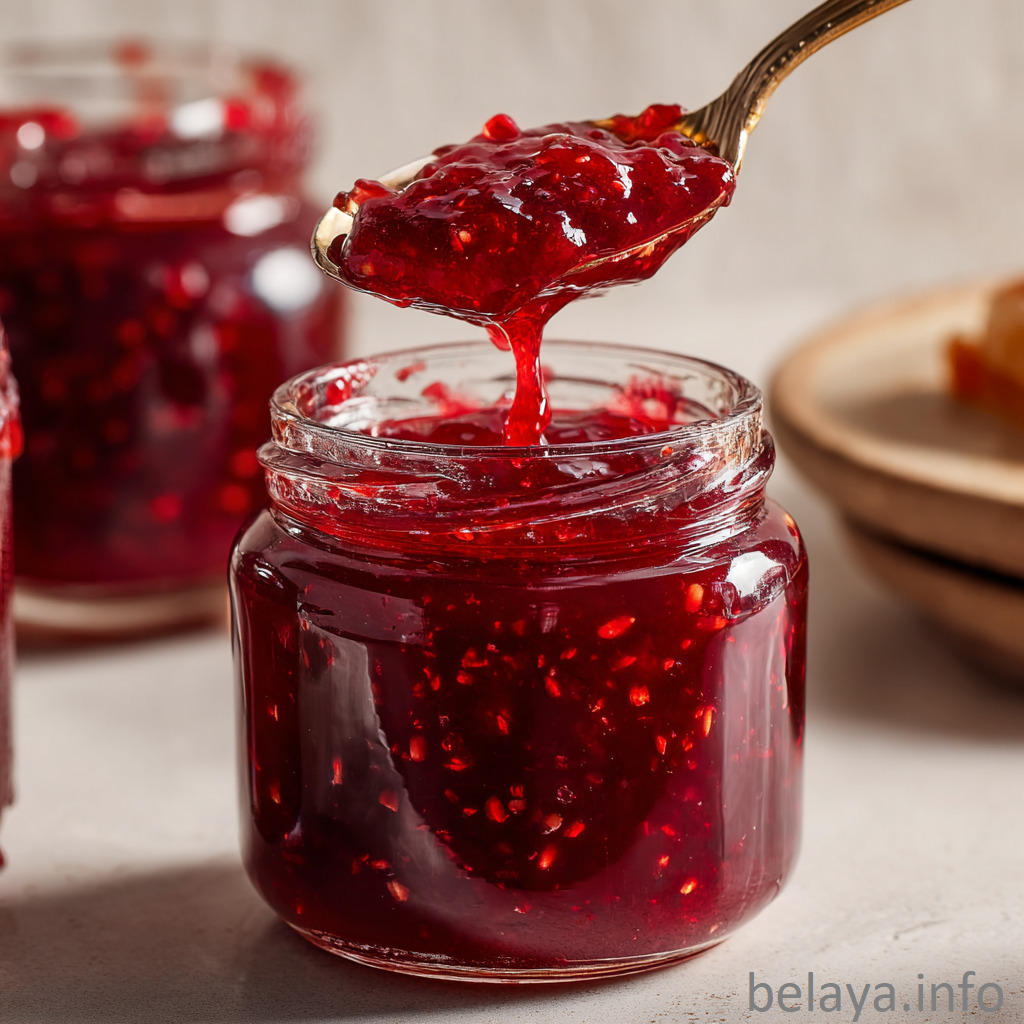
Key Ingredients:
Strawberries: Fresh, ripe strawberries provide a natural sweetness and deep red hue, infusing the sauce with a vibrant, summery essence.
Pineapple juice: Pure pineapple juice brings a tropical brightness and subtle tang, balancing the strawberries’ richness and adding a refreshing layer of flavor.
Lemon juice: Freshly squeezed lemon juice sharpens the flavors, enhancing both the fruitiness and aroma while preventing the sauce from becoming overly sweet.
White sugar: Just enough sugar is added to draw out the strawberries’ natural juices and give the sauce its smooth, pourable texture without masking the fresh fruit notes.
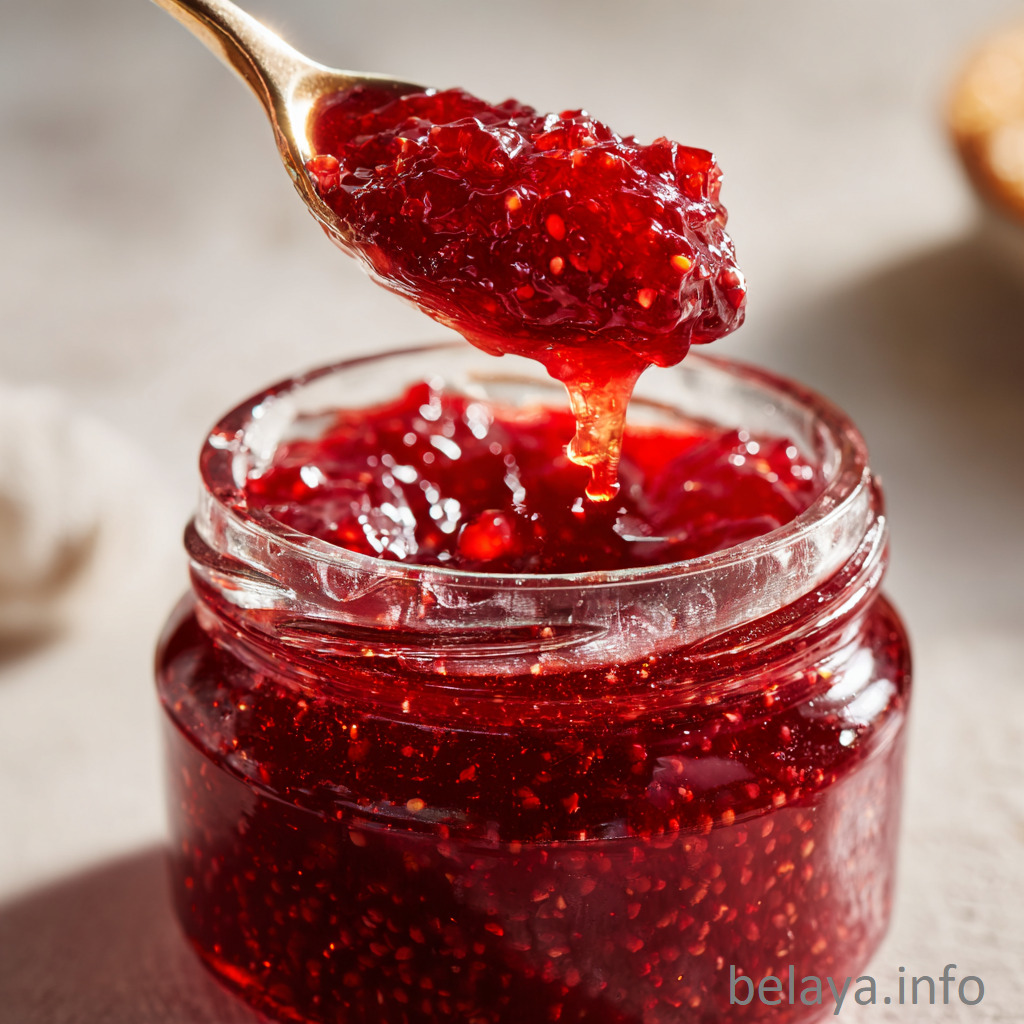
Expert Tips:
Use the ripest strawberries: The quality of your berries determines the flavor. Choose deeply red, fragrant strawberries for maximum sweetness and natural color—underripe berries will give a less vibrant sauce.
Mash, don’t puree: Gently mashing the strawberries (instead of blending) creates a rustic, jammy texture, allowing chunks of fruit to shine through and providing a homemade feel to every bite.
Simmer slowly: Keep the heat low and simmer the sauce gently. This slow reduction allows flavors to concentrate without scorching the fruit or turning the sugar bitter.
Adjust lemon to taste: Add lemon juice a little at a time, tasting as you go. The acidity should brighten and balance the sweetness without overpowering the delicate strawberry and pineapple flavors.
Strain for a smooth finish (optional): For an elegant, silky sauce, strain out the solids after simmering. For a more rustic, chunky texture, skip this step and enjoy the bits of fruit.
Chill for thicker sauce: If you prefer a thick, spoonable sauce for cheesecake or toast, refrigerate it for several hours; it will set up more as it cools.
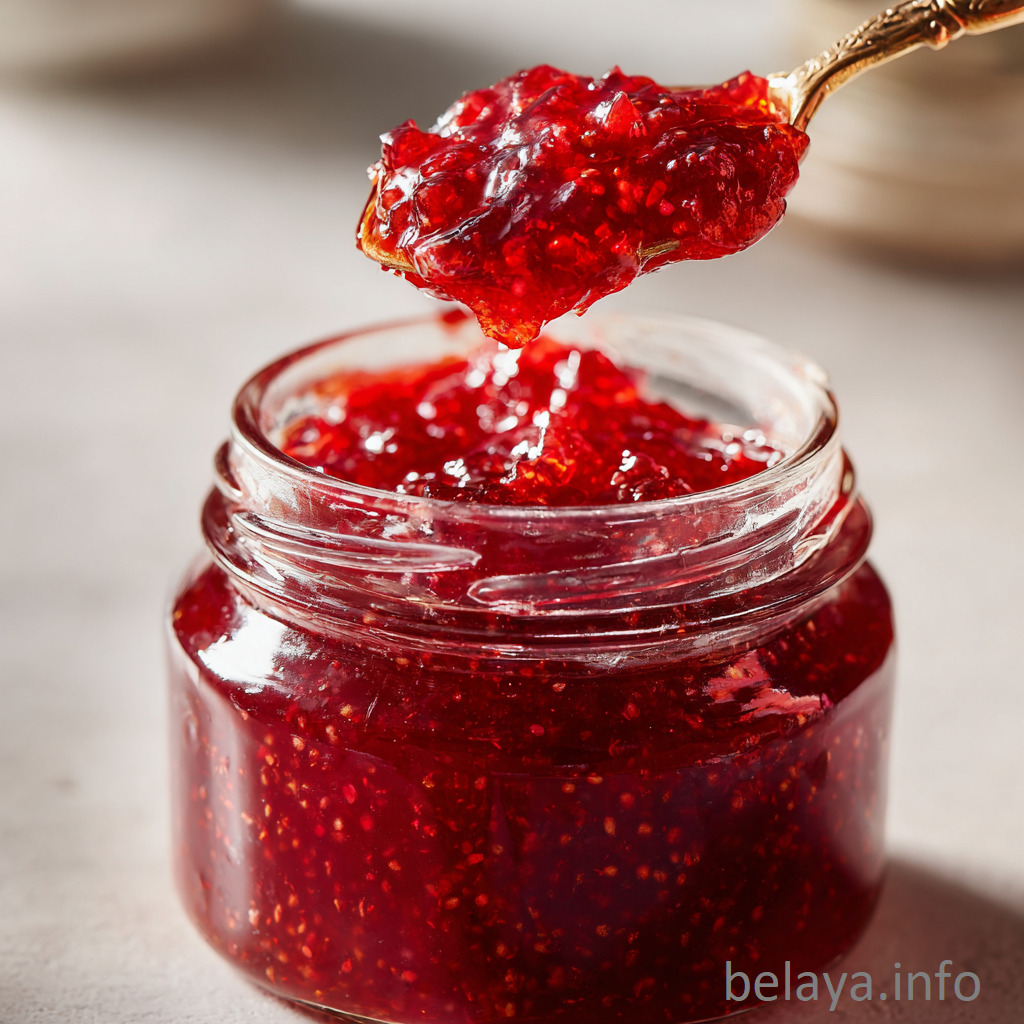
Pacific Red Pineapple Sauce
Ingredients
1 cup fresh strawberries, diced
1/2 cup white sugar
1 to 2 tablespoons freshly squeezed lemon juice (to taste)
1 cup pure pineapple juice
Instructions
Place the chopped strawberries in a bowl and sprinkle with sugar. Mash the mixture until the strawberries begin to release their juices.
Transfer the mashed strawberries and their juices to a medium saucepan. Add the lemon juice and pineapple juice, stirring to combine.
Set the saucepan over medium heat and bring the mixture to a gentle boil.
Once boiling, reduce the heat and let it simmer for about 30 minutes, stirring often to prevent sticking, until the sauce thickens and the flavors are well blended.
Serve the sauce warm over cake or brownies, or chill it and spoon over ice cream for a refreshing dessert.
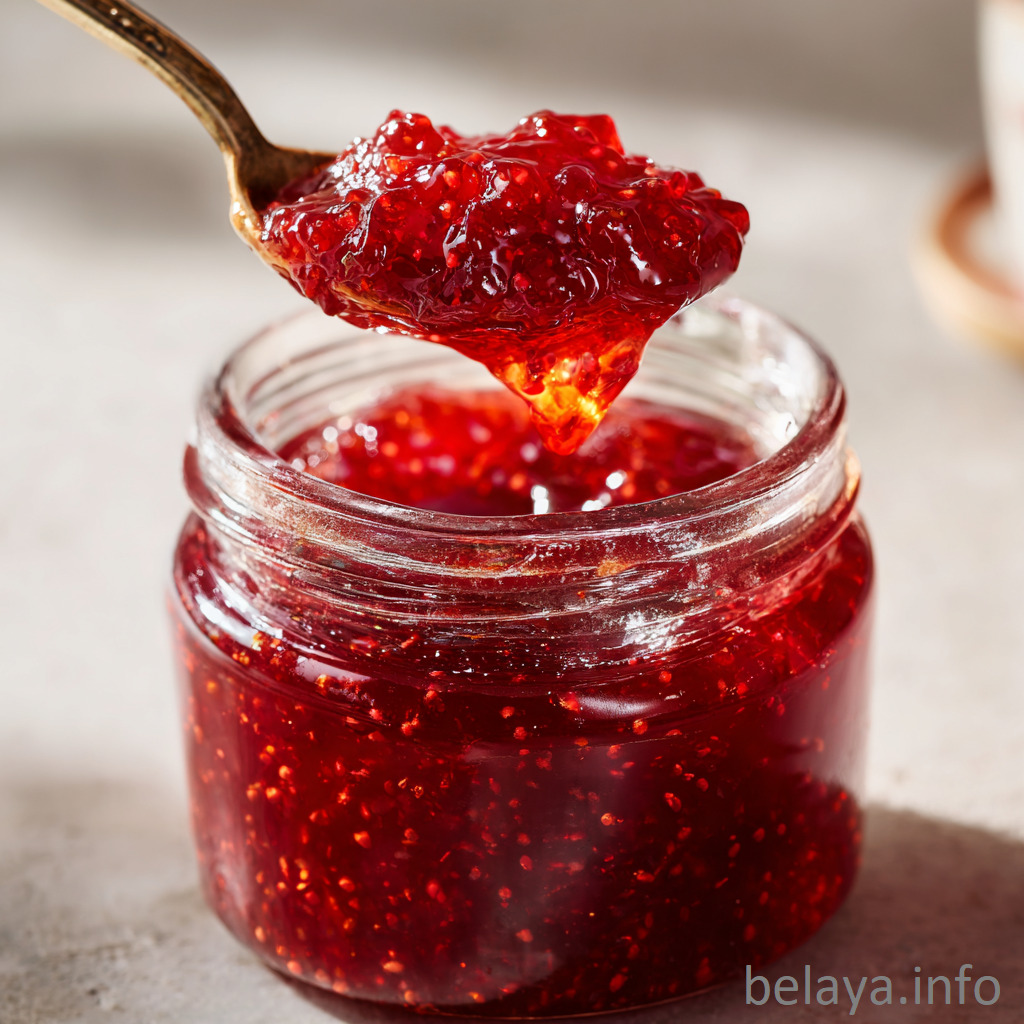
Important Notes When Making Pacific Red Pineapple Sauce:
Balance of Sweet and Tart: This sauce depends on harmony between the strawberries’ sweetness, pineapple’s tang, and lemon’s brightness. Taste as you go and adjust sugar or lemon juice to reach your perfect sweet-tart balance.
Cooking Time Affects Texture: The longer you simmer, the thicker and more concentrated the sauce will become. If you prefer a runnier drizzle for pancakes or drinks, stop simmering a bit sooner; for a jammy, spoonable texture, let it reduce longer.
Versatility: This isn’t just for desserts—use it over grilled chicken, swirl it into yogurt, or add it to sparkling water for a unique homemade soda. Its fresh fruit flavors work in both sweet and savory dishes.
Storage and Shelf Life: Store the sauce in a clean, airtight jar in the refrigerator. It will keep well for up to a week, but because it’s made with fresh fruit and no preservatives, use it while the flavor is at its peak.
Natural Color Variation: Depending on your strawberries and pineapple juice, the sauce may vary from ruby red to sunset pink. This is natural—embrace the variation as part of its homemade charm.
Serve Hot or Cold: Enjoy the sauce warm for a comforting topping, or serve it chilled for a refreshing, summery kick. The flavor profile subtly changes depending on temperature, offering new experiences every time.
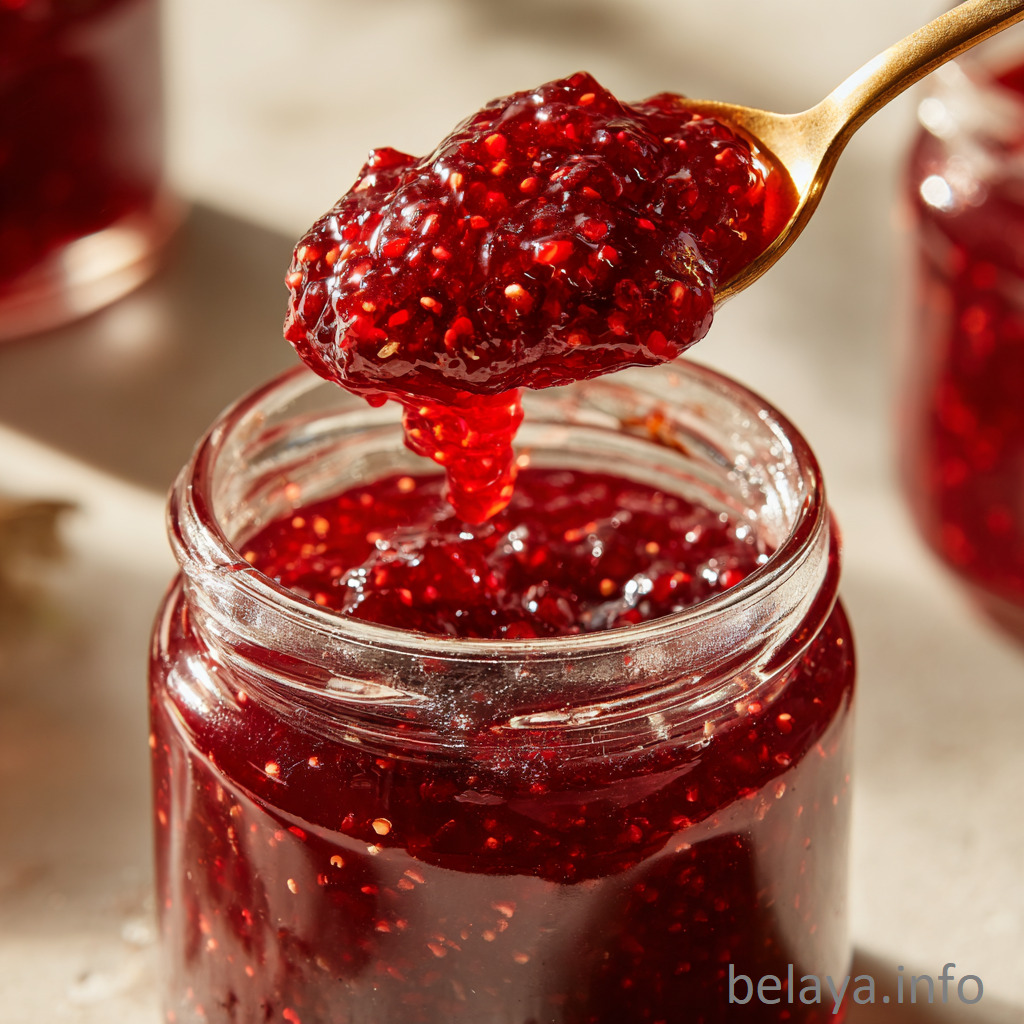
How To Enjoy Pacific Red Pineapple Sauce After Cooking
Let it Rest: Once your sauce has simmered and thickened, allow it to cool slightly before using. This resting period lets the flavors meld and gives the sauce time to reach its perfect consistency.
Warm or Chilled—Your Choice:
For comfort food vibes: Spoon the sauce warm over slices of pound cake, brownies, or even freshly baked waffles. The gentle heat helps the sauce seep into the crumb, infusing desserts with fruity flavor.
For refreshing treats: Refrigerate the sauce until well chilled. Pour it over vanilla ice cream, swirl into Greek yogurt, or serve as a dip for fresh fruit skewers. The cool temperature intensifies the brightness of the strawberries and pineapple.
Creative Pairings:
Breakfast: Drizzle over pancakes, French toast, or oatmeal for a naturally sweet start to your day.
Cheesecake or Panna Cotta: Spoon the sauce over creamy desserts—the tartness cuts through the richness and adds gorgeous color.
Beverages: Stir a spoonful into sparkling water or lemonade for a homemade fruit soda, or use it as a base for summer cocktails.
Savory Twist: Try pairing a small amount with roasted or grilled meats, such as chicken or pork, for a gourmet, sweet-savory finish.
Presentation Ideas:
Serve in a pretty glass jar on your dessert table.
Swirl on plates before placing cakes or bars on top, for a restaurant-style look.
Garnish with fresh mint, extra chopped strawberries, or a wedge of lime for added flair.
Storage:
Keep any leftovers in an airtight container in the refrigerator for up to one week.
Give it a quick stir before serving to redistribute any settled fruit.
Entertaining Tip:
Make the sauce a day ahead for parties or brunch—the flavors get even better overnight, and you’ll have one less thing to prepare the day of your event.

Nutrition Information
For Pacific Red Pineapple Sauce (per 2-tablespoon serving):
Calories: 38 kcal | Total Fat: 0.1 g | Saturated Fat: 0 g | Monounsaturated Fat: 0 g | Polyunsaturated Fat: 0 g | Cholesterol: 0 mg | Sodium: 2–5 mg (depending on pineapple juice brand) | Total Carbohydrates: 9.5 g | Dietary Fiber: 0.7 g | Sugars: 8.1 g | Protein: 0.3 g

Frequently Asked Questions::
Can I use frozen strawberries instead of fresh?
Yes, frozen strawberries work well in this recipe. Thaw them first and drain any excess liquid before mashing. The sauce may be slightly thinner, but the flavor will still be vibrant.
Is this sauce suitable for canning or long-term storage?
This recipe is designed for short-term refrigeration (up to 1 week). For long-term storage or canning, you’d need to adjust the sugar, acidity, and follow safe canning guidelines to ensure shelf stability and food safety.
Can I reduce the sugar or use a sugar substitute?
Yes, you can use less sugar or substitute with alternatives like honey, agave, or stevia. Keep in mind that the sauce may not thicken as much and the flavor will vary based on the sweetener used. Taste and adjust as you go.
My sauce seems too runny or too thick—how can I fix it?
If your sauce is too runny, simmer it longer to reduce and thicken. If it’s too thick, add a splash of pineapple juice or water to loosen it up until you reach your desired consistency.
What are some creative ways to use this sauce beyond desserts?
Try it as a glaze for grilled chicken or pork, a topping for pancakes or waffles, stirred into yogurt, or as a base for fruity salad dressings. Its sweet-tart flavor makes it versatile for both sweet and savory dishes.
Do I have to mash the strawberries by hand, or can I use a blender or food processor?
You can use a blender or food processor for a smoother sauce, but hand-mashing gives a chunkier texture and preserves some fruit pieces. Choose your method based on the consistency you prefer.
What’s the best way to prevent the sauce from sticking or burning while simmering?
Stir the sauce regularly as it simmers, especially toward the end when it thickens. Use a heavy-bottomed saucepan for even heat distribution and reduce the heat if you notice any sticking.
Can I double or halve the recipe easily?
Yes, this recipe is easily scalable. Just maintain the same ratios, and remember that larger batches may take a bit longer to thicken, while smaller batches will cook more quickly.
How do I know when the sauce is thick enough?
The sauce is ready when it coats the back of a spoon and runs off slowly, rather than quickly. Remember, it will also thicken a little more as it cools.
Can I add extra flavors, like spices or other fruits, to the sauce?
Absolutely! Try adding a pinch of cinnamon, grated ginger, or even a splash of vanilla extract for extra complexity. You can also mix in other fruits, such as mango or blueberries, to create your own twist.